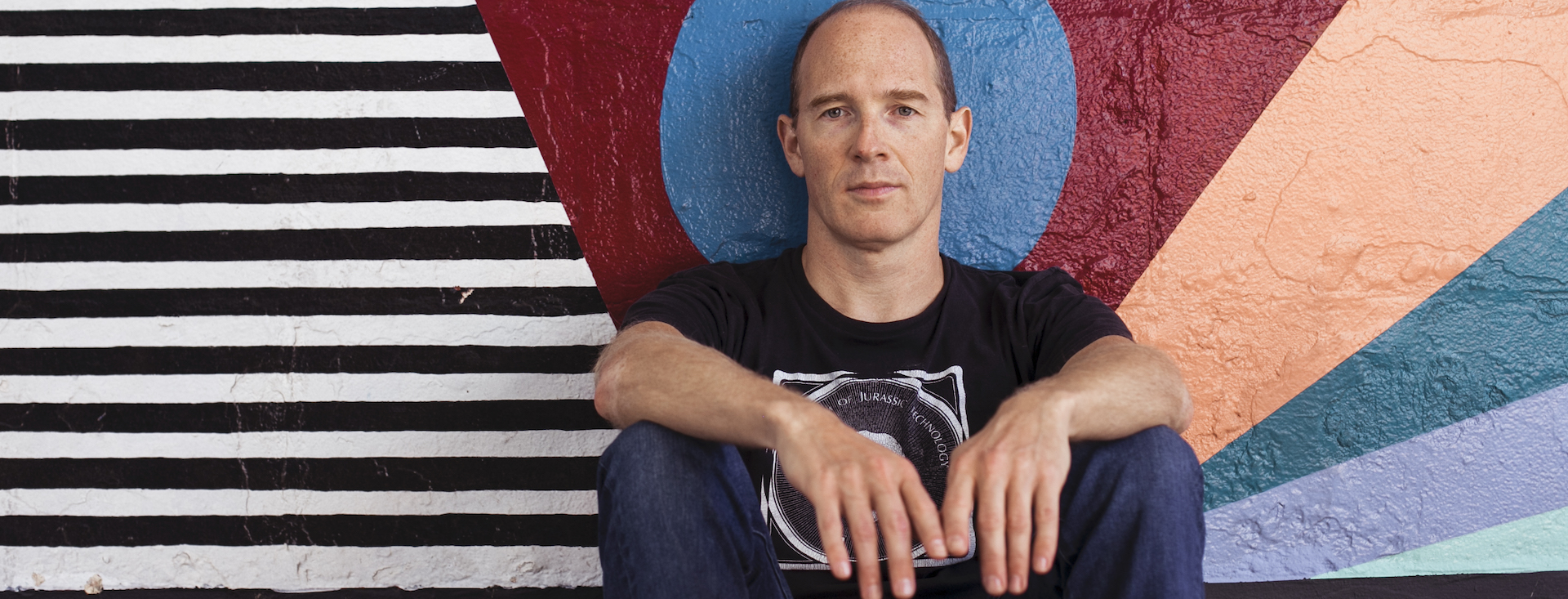
Many electronic producers double as DJs, and most DJs also produce, but Dan Snaith is more versatile than most. Since 2001, the music he makes as Caribou has set a high standard for melodic, propulsive, sonically adventurous indie dance. Then there’s Caribou the live act, which expands Snaith’s studio material for a full band—not just interpreting the songs, but radically transforming them. Finally, Snaith moonlights as Daphni, turning out sleek funk and disco edits for his famously wide-ranging DJ sets.
The sweep of Snaith’s output, spanning home-listening faves and underground club heaters alike, makes him a fitting figure to spotlight as Spotify relaunches its Altar playlist. Dedicated to alternative electronic music and club culture —spanning house, bass, techno, downtempo, and just about every conceivable permutation thereof—Altar reflects the kinds of sounds that Snaith spent nearly 20 years pioneering.
This February, Snaith will release Suddenly, the first new Caribou album in more than five years. The first single, “Home,” dropped in October, and the second single, “You and I,” earlier this month. When For the Record reached Dan Snaith at his studio in London, he was working on preparations for the band’s upcoming tour. “It’s all starting to become real,” he said. “It’s been so long that I’m just so excited to get it going again.”
We spoke with Snaith about his creative process, his upcoming album, and the state of electronic music right now.
“Home,” the first single from the forthcoming Caribou album, almost sounds like it could be a Daphni song. How do those two projects inform each other?
There are definitely some Caribou tracks that almost could have been Daphni tracks, like “Bowls” on Swim or “Mars” on Our Love. It’s kind of magnetic: Sometimes there’s an attraction; sometimes it’s the opposite. After the Daphni album in 2017 was when I really started making this new Caribou record in earnest. It was like, okay, now I can have more all-encompassing tracks that explore harmony or lyrics, whereas Daphni is specifically about making music that’s club-focused. “Home” kind of sits apart from a lot of the other stuff on the record, actually. There are things that are reminiscent of Daphni, but I think there’s a lot that’s quite far away from that world as well.
With Caribou, are you gathering pieces of songs before you actually sit down to make the album in earnest, or are you starting from scratch?
I’m gathering pieces all the time. I’ll have a verse for a year and then eventually I come up with a chorus, or some switch gets flipped and another piece of the song comes together. There are some loops on the new record that existed even before Our Love was finished. I sit down in the studio every day and I make four or five 30-second-long loops, little ideas. So if you think about how long I’ve been making this record, now I’ve got a playlist with 900 ideas in it. Then it’s this editing process, funneling things down over a long period of time, to get minutes of music out of hours and hours and hours of stuff. Which sounds torturous, and sometimes it is, but that’s the thing that I most enjoy, starting from nothing and making some kind of idea.
Let’s talk about the state of electronic music. What sounds are you particularly excited about right now?
When I started in the early 2000s, the idea of somebody in experimental electronic music working on a Timbaland or a Neptunes record seemed totally absurd. Currently, there’s a much closer connection between experimental electronic music and the mainstream. It’s kind of hard to draw a boundary anymore. Now everything is electronic music, in a technical sense. Everybody’s recording on the same tools, whether you’re making a Taylor Swift record or a Skee Mask record.
That said, there have been times when I felt like I understood where the momentum in the electronic music world was. In 2008, 2009, living in London, meeting people like Floating Points, Joy Orbison, the Hessle Audio guys, it was like, wow, there’s something really exciting and focused happening. It was easy to feed off that energy. Now, it doesn’t feel like there’s a central narrative, but what’s exciting about what’s happening is that there are many more diverse voices in electronic music than there used to be 10 or 15 years ago.
It’s been a while since any significant new genres have emerged. Do you sense anything new on the horizon?
When I was in high school, I heard jungle for the first time, and I couldn’t even wrap my head around it. I haven’t had that shock-of-the-new feeling for a long time. I hear individual producers with new ideas, but not something so completely new as a genre that it allows for a whole world to jump out of it. Presumably that will happen again.
It sometimes seems like there’s so much electronic music out there now that there isn’t the chance for consensus to build.
I feel like people are waiting for it. Everybody is talking about what a big tune that Overmono track “Le Tigre” is. Now that the Caribou album is done, I’m excited to get out there and be playing, but I’m also sneakily going to start thinking about making club music again, because I’ll be out there doing shows, maybe I’ll play at the occasional after-party. It’s moments like that that get me geared up like, “Okay, I gotta make something that, like, bangs in a club.”
You’ve been around since the days of actual physical crate-digging in record stores, and a lot of the music you make as Daphni is rooted in sampling rarities. How has streaming changed the way you discover music?
I think I’ve learned about more new and exciting music digitally than I did when I was mostly digging through dusty piles of records, although I think there’s still room for both things. As a music fan, how can it not be wonderful that the entire history of recorded music is available to everybody at all times? As somebody who grew up in small-town Canada finding it difficult to get my hands on records, I’ve met young people over the past decade or so that have a remarkably eclectic and encyclopedic knowledge of music and music history. If they want to learn it, it’s all available to them.
You know, I’ve got this 1,000-plus-song playlist called “The Longest Mixtape.” Apart from my own music, the one thing that I have to share with people is that I’ve spent my whole life digging, finding obscure and popular music that for me has something special about it, some magic. And I thought, if I could put all those things in one place for people to listen to, this is something that’s possible now and was never possible before.
Are you a fan of Altar?
Yeah! With a playlist like Altar, you go there knowing it represents a certain type of music that you’re interested in and discover things you don’t know. I also like the fact that it’s occasionally curated by other people. You look at it and see, oh, Peggy Gou or somebody has picked a bunch of stuff that she’s into at the moment. That idea of having guest curators seems like a really interesting way of sharing people’s personal tastes within a palette where you know roughly what to expect.
Is there anything that you want to say about your album?
I’m just so excited for people to hear this album in full. People have heard the first two singles, but I feel like it’s a real album album. There’s so much diverse stuff sitting there together that I hope coheres in a kind of narrative throughout. It’s something I’ve lived with for so long. Actually, the other day, a friend of mine came over, and I’ve listened to it a zillion times, obviously, but he was like, “Can I just listen to it the whole way through?” I was like, Okay, here goes, I gotta listen to this one more time. And it was the first time that I heard it as a listener. You know, you get so wrapped up in the details, like, the minutiae of mixing and mastering. I hadn’t listened to it for a month or so. And I sat down and listened to it with him, and it was reassuring. I thought, this is something that I can be proud of.
Check out Caribou’s latest single, “You and I,” on Altar.
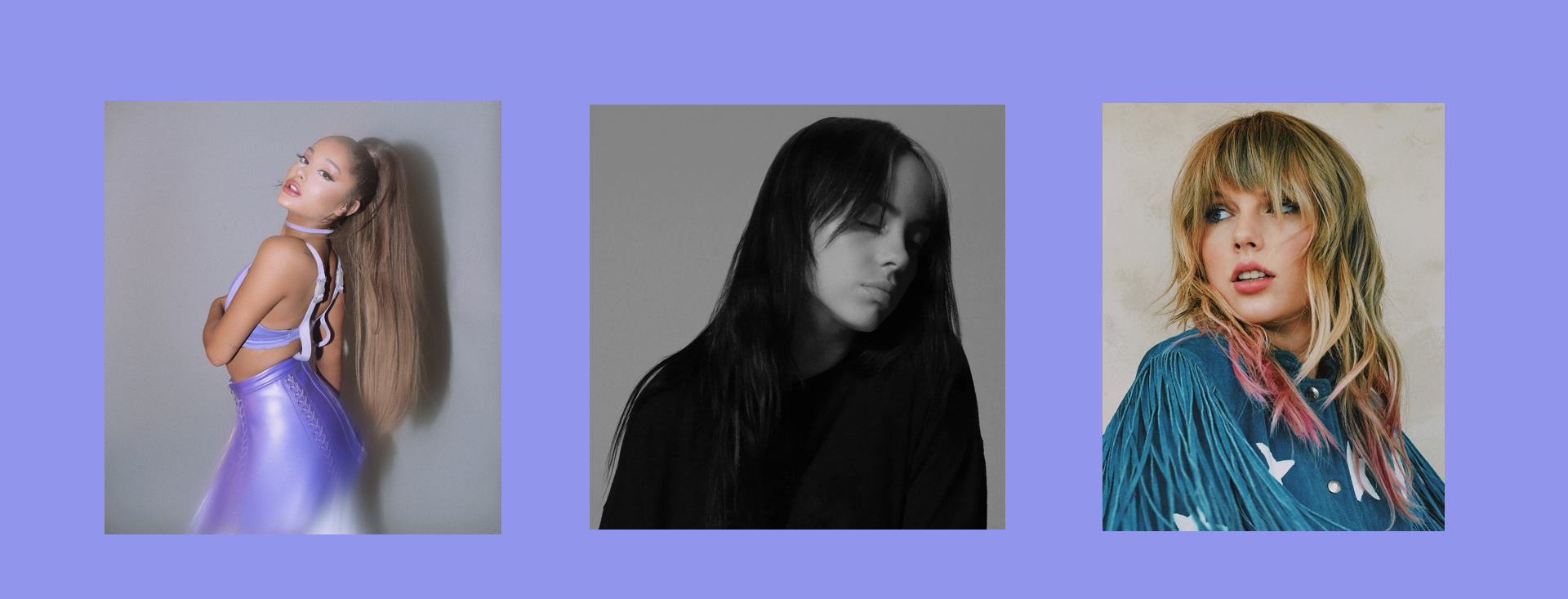
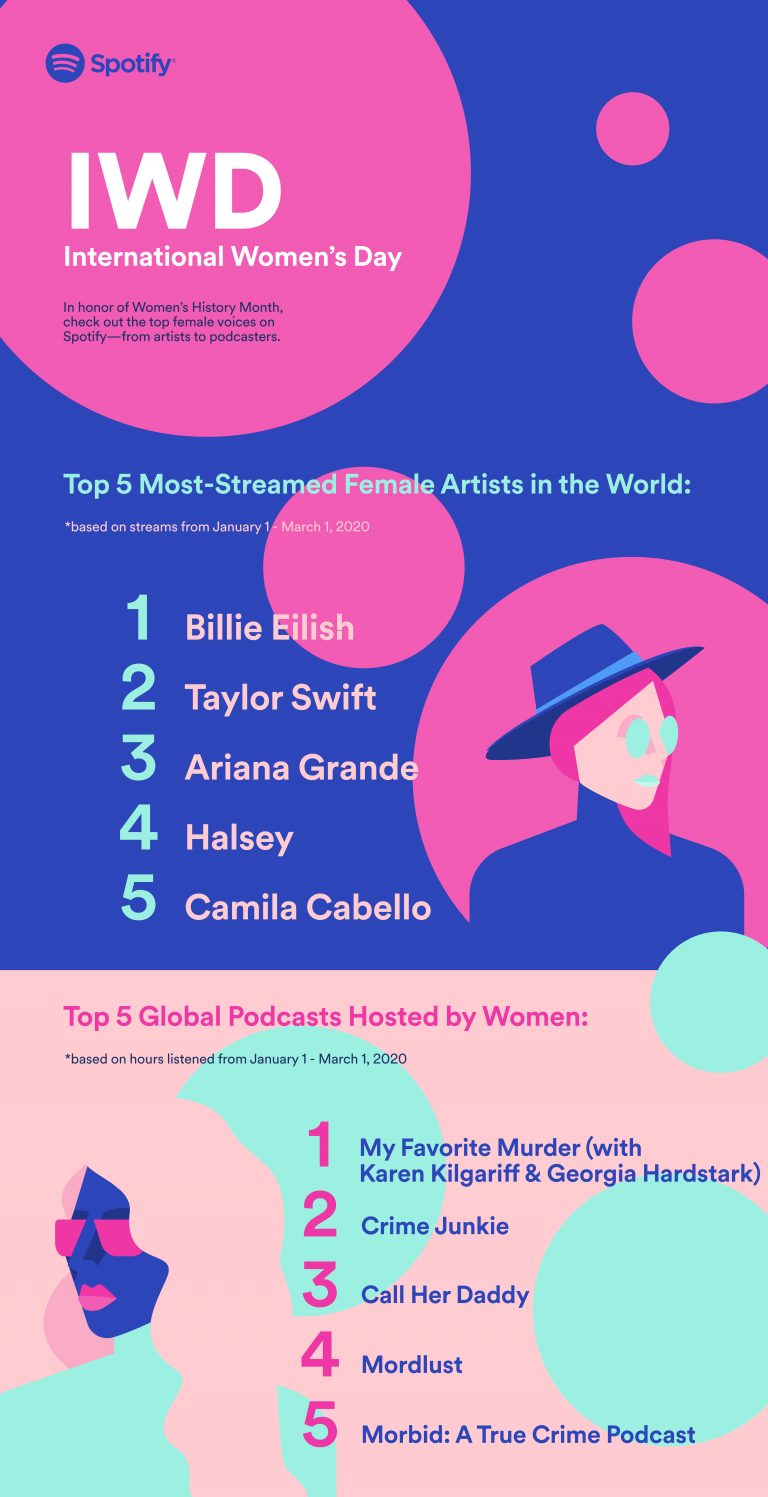




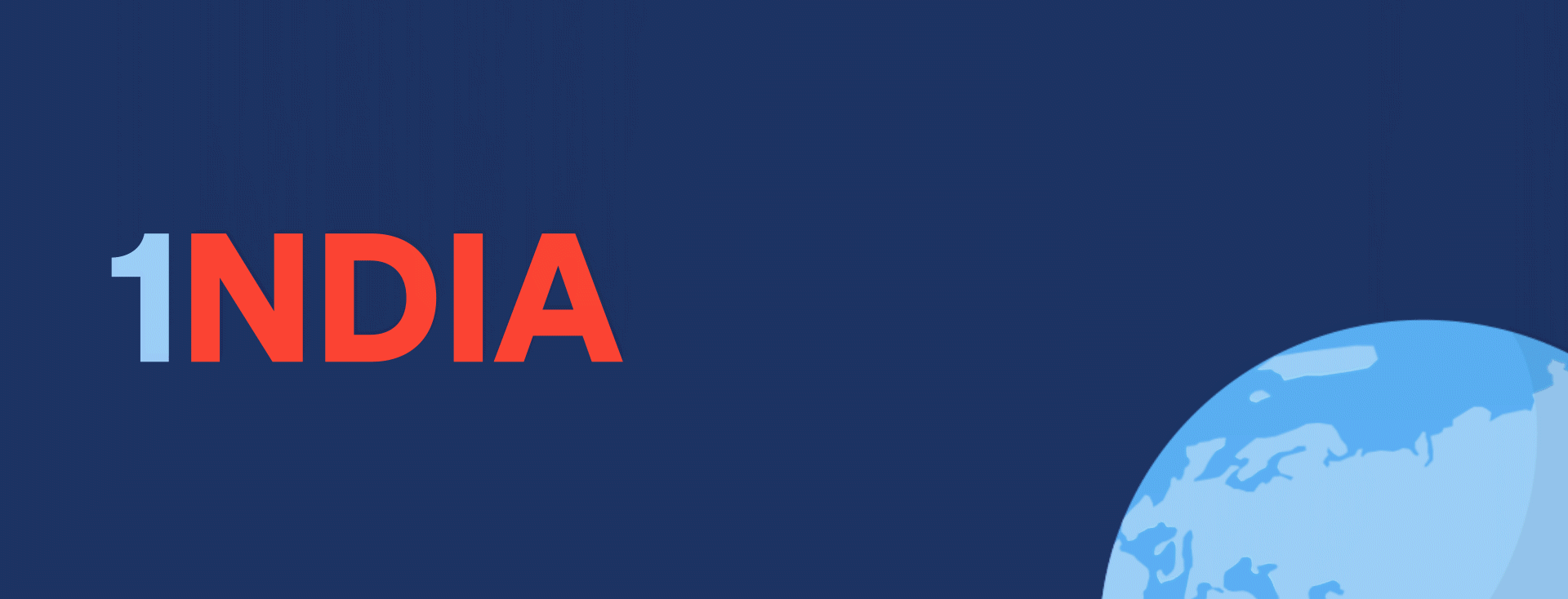
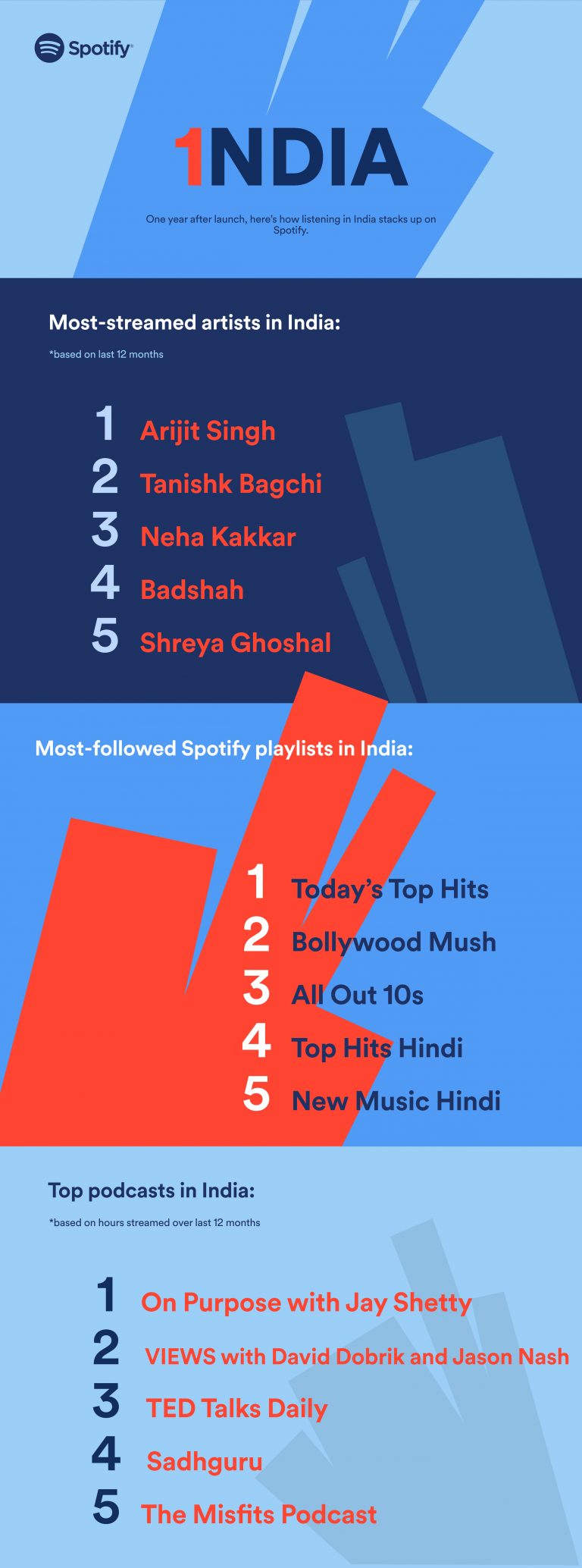
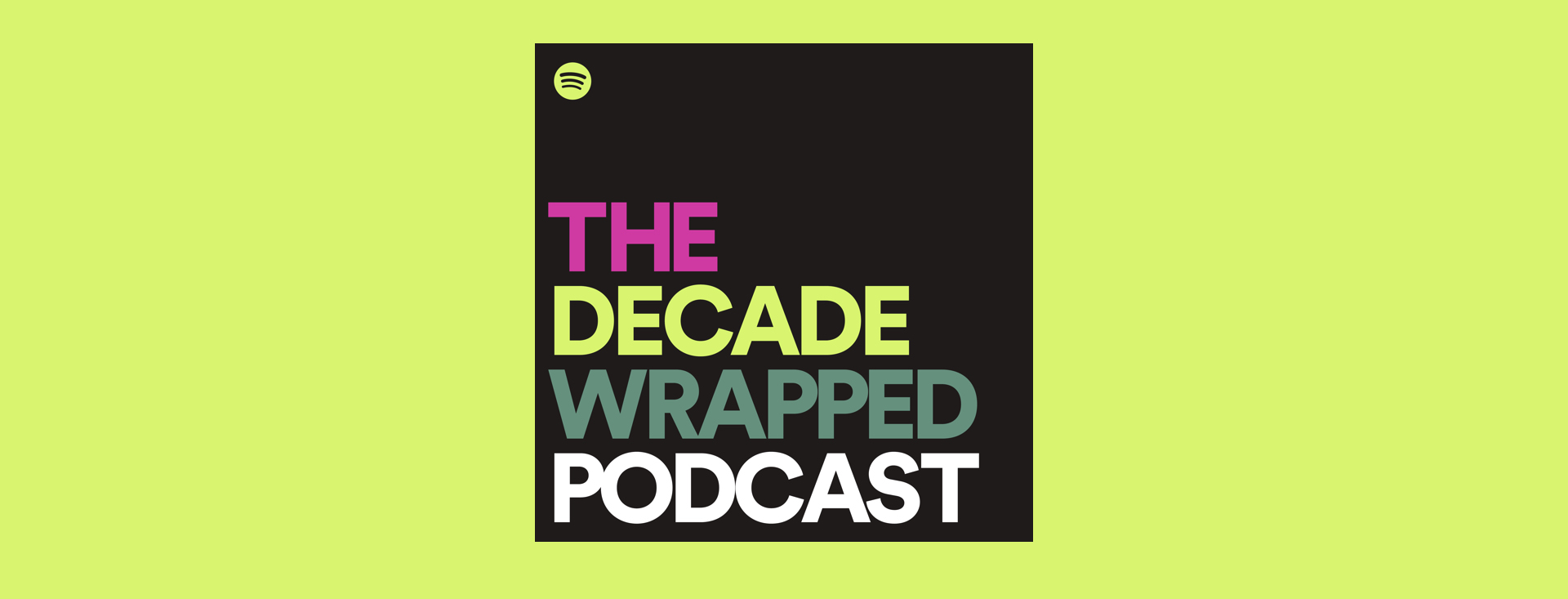

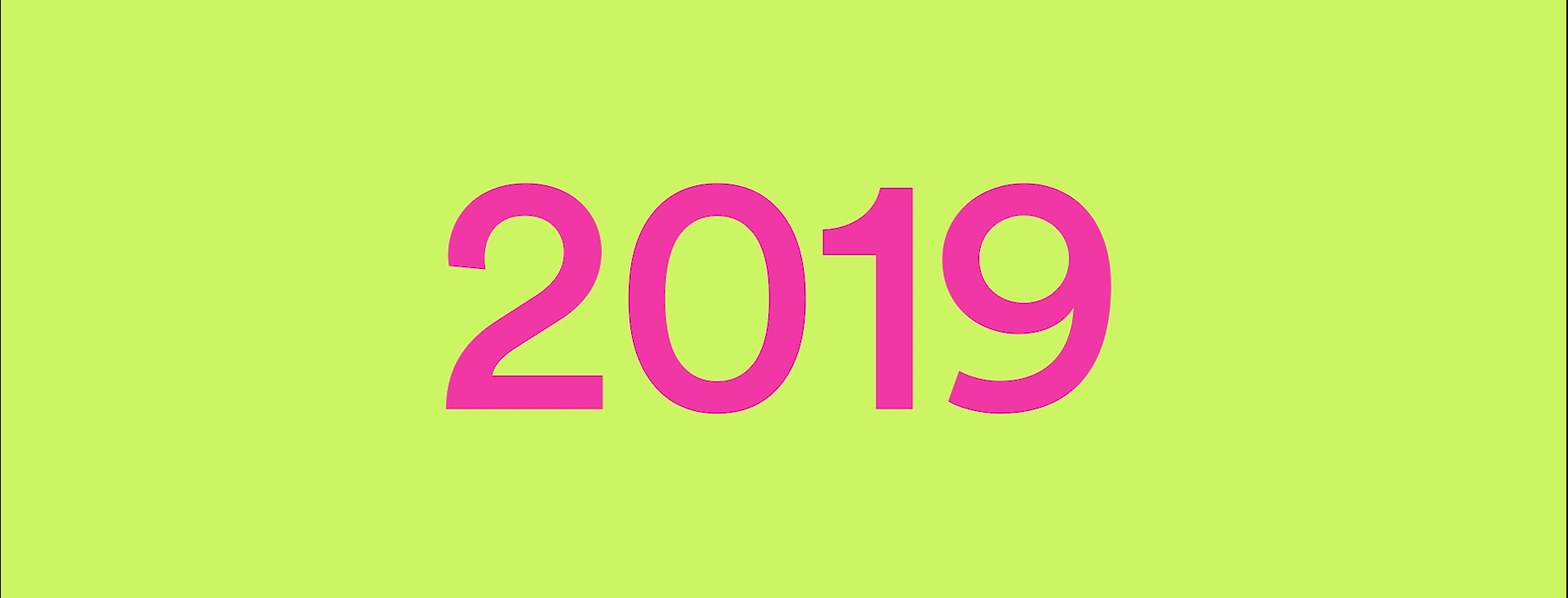

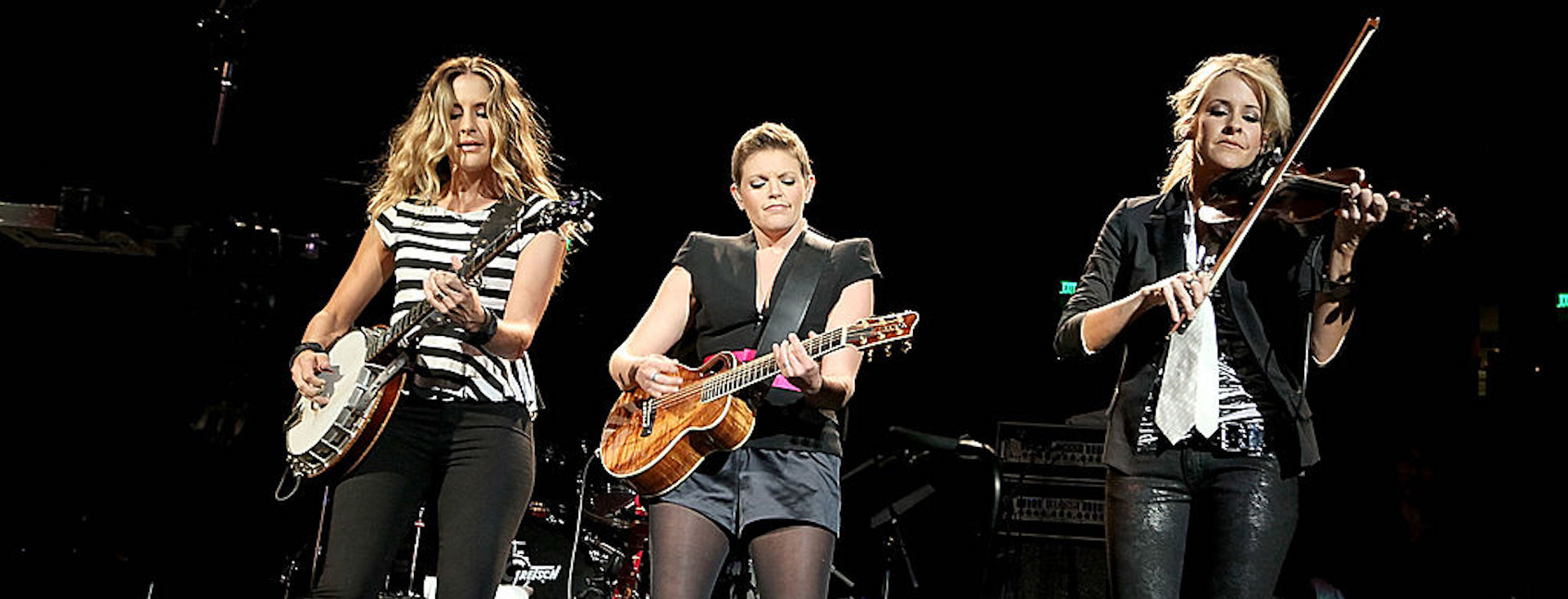
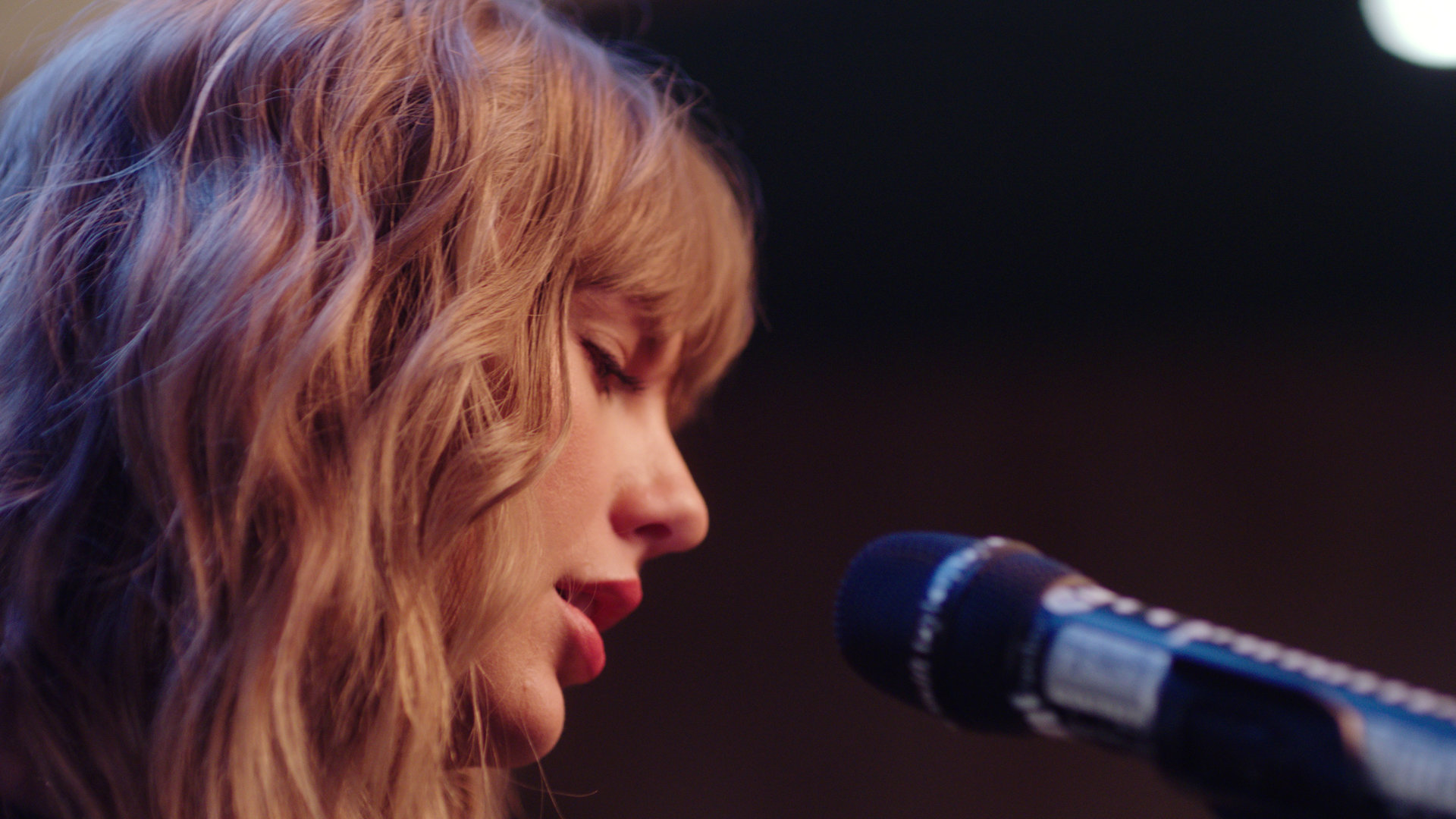
Recent Comments